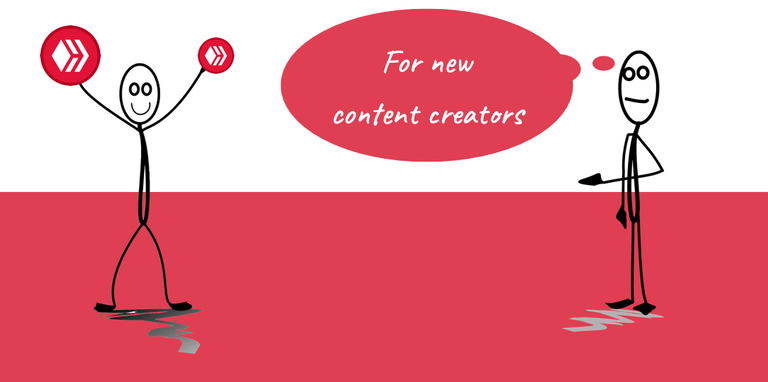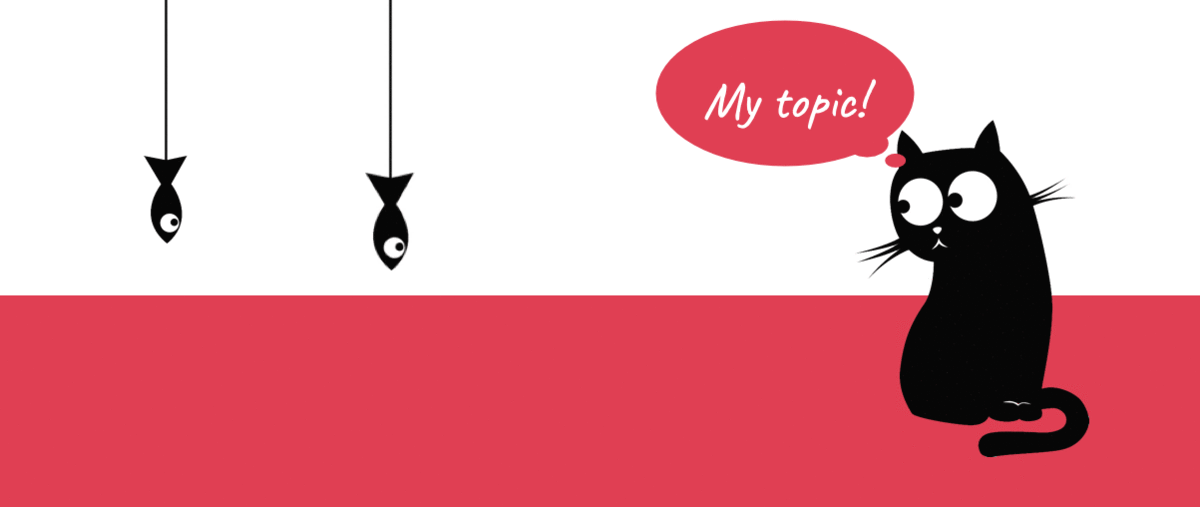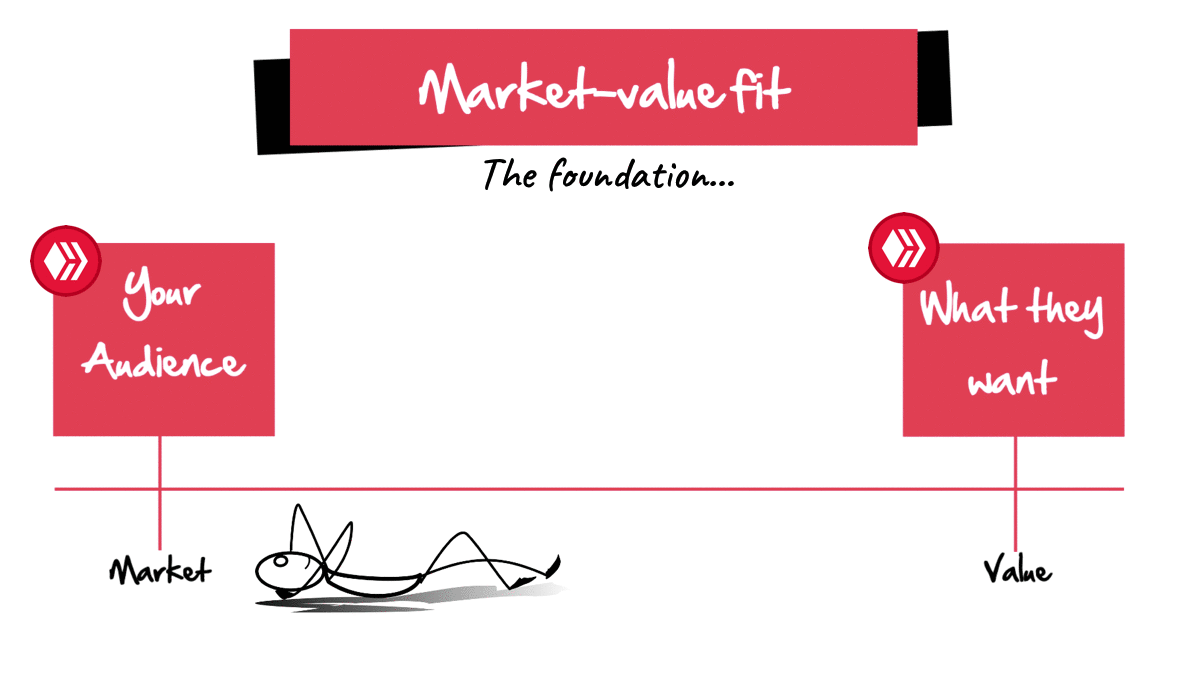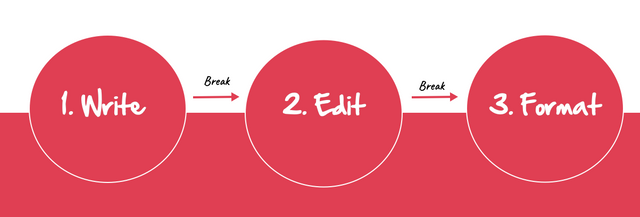Dear Hivers,
My goal on Hive is to inspire a new generation of content creators. That is why I am writing today’s post to share my writing process.
It took me 10 years to create this process. I can write a book about it. That's a problem. Because I don’t want to overcomplicate it and overwhelm anyone.
In fact, I want to keep this simple — for every potential content creator out there.

Some people may already know this — others might be new to the process. Whatever the case is, you may want to scan through the article. See if you can pick up something new — and then implement it in your next Hive post.
First, let’s discuss the problem with content creation:
You see, most people sit — open their laptop — and then start typing to fill the blank document with something. They don’t know the destination. And they wait for the inspiration to strike. It is really not the best way.
Yet a lot of people do it this way.
This also consumes more time, effort, and the end result is a mismatch from the initial goal. And yes, it is a trap I have visited several times in my life.
That is why I wanted to change things. I wanted to find a way to write quickly and efficiently. This is how this writing process was created almost three years ago.
This writing process will give you a glimpse of my "way" of creating content — from start to finish. As always, select anything that makes sense to you and start applying it. The key is to apply.

#1: Remember to forget
You can’t start with a noisy mind. So my first step is to FORGET everything. Only when you forget and clear your mind, you can invite a new thught.
I clear my mind and concentrate on the topic. Discovering a good topic is very important. This topic is not the title. It is simply an idea.
Example: “Okay, I need to write about cats.” Very simple, right? Again, this is the most important step of the process.
#2: Polish this topic (idea)
Right now, the topic is not polished. I polish it. Rearrange it. And think about it. In fact, I think about it the entire day. It is in my head. I don't write about it. I think about it. Even when I go out. Or walk in my room.
Why?
This idea has to be very clear. Think of this idea like a small fish that gets bigger and bigger — with time.

Exercise: Think of a topic (say CAT) and think about it all day. You will be surprised how your mind works. It will start thinking about the eyes, the fur, color, and so on. (You also probably thought something new).
#3: Now pick the idea.
With this, the mind is already focussed on the cats. Maybe I can write about the types of cats. Or why I love cats. Every meaningful idea is noted down.
Then I pick one to write about.
By doing this, you are also telling your mind on what to focus. All of a sudden, you have a direction — a goal. But this goal is still unclear which is fixed in the next step.
#4: Create a loose structure:
A standup comedian once said comedy is not about waiting for inspiration to strike. It is about creating a structure to the mess.
So comedians work backwards. They come up with the punchline first, and then the setup, and finally the introduction.
We don't have to complicate it. In our case, you have to create the structure of the article. Write down the bulleted points that supports the topic.
#5: Remember the market-fit value.
When creating the structure, remember the market-fit value we discussed. Our goal as content creator is to add value to the market.
As visible from my introduction post, I came here with the same goal. So even if a single person finds something useful, then my job is done. I believe everyone's goal should be the same. Not to impact thousands. But just one person. Then the rest will follow.
Here is the market-fit value in an image:

So with every article, my goal is to add the best knowledge ever. To do this, you need more experience — more time — and more practice. In short: Hard work is the only way.
#6: Identify how much you know.
You can never know everything. For example, I still don’t know how to play Splinterlands. But the best part is, we can always learn. So if you don’t know a lot about your topic, research online. Research helps you in many ways.
Note: During your research, you may find something that already exists. So no point in writing it again. In such a case, I link to the article. But if there’s something missing, I write that missing part. This is the gap.
Note 2: This is the foundation. You don't have to follow all but you have to remember a few. Now we onto the actual writing part.
#7: Now start writing. In fact, don’t mix all.
Writing is different. Editing it different. And formatting is different. Doing all of them together feels like adding ice cream on your pizzas topped with dry spinach. Don’t do that.
Pick one after the another. Start with writing. Then editing. And finally formatting.

#8: Set apart time.
I always use Pomodoro technique to write. You can also find multiple free apps. Basically, you write for 25 minutes and then take a break.
I dedicate 33 minutes though. First 33 minutes to non-stop writing. And then I take a break. Usually, I finish my draft article in this one session.
#9: Focus on editing
So the process is simple. Write first. And then edit. And lastly, format. When it comes to editing, I don’t look for grammatically errors. Or framing good sentences. That is secondary.
I look for flaws in my logic. If the logic makes no sense, I delete and write again.
#10: Now, focus on formatting
If you have observed, only recently, I have started using custom images. I have been bombarded with compliments. See how it is done. Making them sometimes takes more than one hour.
But it is not just about images. Formatting is also about readability.

Do read this article: 7 powerful formatting hacks
#11: Finally, scan!
Once everything is done, scan the article to make sure everything is in order. Simple tip: I actually publish first and then scan after 6 hours. Why? Because my mind is fresh and I can easily spot the errors.
As always, the goal is simple: If I can present quality knowledge in a simple way to impact one person? Then I have done my job as a content creator.

And with this, we end the 11 step writing process. I hope and wish you found some nuggets here.
Everything I have learned about writing and teaching was taught to me by others — and I am immensely grateful to share them here. My mission has been to always inspire, motivate, and influence people in a positive way. Not only does it bring out the best in them but also leads to growth.
That is why I have shared this writing process.
And with this, I hope and wish this writing process was useful. Pick what makes sense to you (definitely try #2 and #7) and let me know your thoughts in the comment section below.
More coming soon!
Cheers,
Sid
Liked this article? Feel free to comment and upvote and reblog.
Love the tips! I’ve referred to some of yours often lately. I loved adding the dividers! It really helps you delineate the post content versus the introductions and signatures. Appreciate the info my friend!
Thank you! I am so glad you are using them. They look EPIC. :) As always, appreciate your support.
Hello @sidwrites,
It is a pleasure to read these types of posts whose objectives are to help others on the path of content creation. Although the present is directed to the writing process, I think it can be extrapolated to other arts, for example, music. When the artist or music fan is in front of the instrument, it starts with a simple melody that goes around his mind, after minutes, at best, he plays it to the end, enjoying the process until he judges this list to share.
Most importantly, enjoy what you do, of course! I agree with you, and also add value to the community.
Thanks for sharing this great post.
Hi @Janaveda, you said this so beautifully. In fact, I did add a reference to Mozart (but I had to remove it because shorter the better I thought). You have explained it better that I could:
Love this.
True. I see it like a win-win situation. One enjoys participating and also contributes. Thanks for your lovely comment.
W o w !!!
This post was brilliant! My Hive blog has actually been stucked for A LONG TIME now - I don't even want to go back to my Profile to figure out how much 😂 - and this cleared my mind.
I think my problem has not been being busy how I have kept repeating myself. It has actually been thinking "Oh, but it takes SO LONG to write something!" - my anxious mind feeling unable to slow down and LIVE life instead of rushing through it.
Thank you so much for sharing this. It was really kind and I am already that one person that learned something from you.
Haha! You are crazy. Rule #1: Love your profile. Just not too much! 😂
Okay, now you are going to write one everyday for the next 7 days. YES? 😂
Thank you! Absolutely delighted to hear this. Makes me smile!
Always looking forward to your posts, Sid. They're very helpful for freelance writers like me.
I agree with a lot of your points. When I am given with a topic, I start with a lousy title and stare at the blank document. Then, I go outside the garden and just think. What questions do my target audience possibly wants answered? Then, slowly ideas come rolling in. The writing process is weird and creative haha!
Then comes the editing. Sometimes I think the writer and the editor in me are completely different persons. Sometimes, I hate what I write lol. But I just need to take my mind off it at least a day, and read it again. As if reading it again for the first time. The mind gets clearer.
Anyway, I find your post thought-provoking. Looking forward to more of your posts!
Thank you so much.
I figured, as I was writing this, the process is very much similar. Before though, I used to sit and write immediately because I was writing "news" and there was no room for thinking.
Then as I moved away from news and long-form articles, I was able to breathe. I do wish I had a garden too. :)
Seems pretty fun when we can walk bare feet while brushing the grass.
That's how it should be. One of the best tip I received on editing was to ask yourself: "So what?" with every sentence. This eliminates the need to express thoughts that are no longer important for the audience.
You are in the TOP of the chain then. Lots of copywriters do it this way. Again, it depends on the type of content. I only do this for important ones — for sales pages, emails, etc.
What type of content do you produce?
Thanks for passing on the so-what tip. I'll make sure to apply that in my work process.
Mostly, I do blog posts. But I also do product descriptions and content for web pages 😀
I even shared this post on Twitter - #posh
A lot of things are going on when we write. You broke it down into small and actionable steps and showed how to follow the entire process to make content. It comes with an idea and then how you move forward and express yourself.
Love this one and how you said it. Thank you so much @sidwrites for sharing your experience and tips.
The 11 steps are awesome, I had always just do the 1st and 2nd steps then skip to writing. I give little time for research or to ponder deep over a topic. I just look at the prompt given by myself or others , then think for a short while before going straight into writing and editing. I don't even format and sometimes I don't scan
This are brilliant tips I never thought about that will come in handy. I am implementing this in my next writing. Thanks Sid🥂
Congratulations @sidwrites! You have completed the following achievement on the Hive blockchain and have been rewarded with new badge(s) :
You can view your badges on your board And compare to others on the Ranking
If you no longer want to receive notifications, reply to this comment with the word
STOPTo support your work, I also upvoted your post!
Do not miss the last post from @hivebuzz:
Support the HiveBuzz project. Vote for our proposal!
Inspiring other people to do well is a worthy goal. Congratulations!
I get a new inspiration from this post. Thank you!